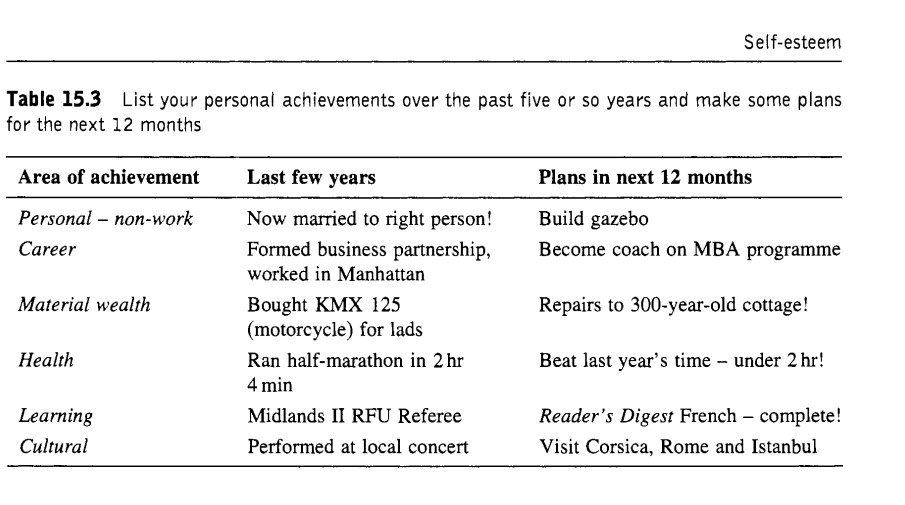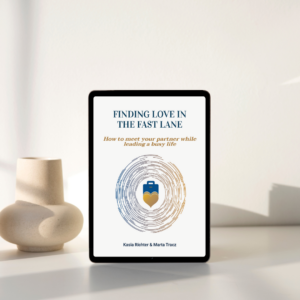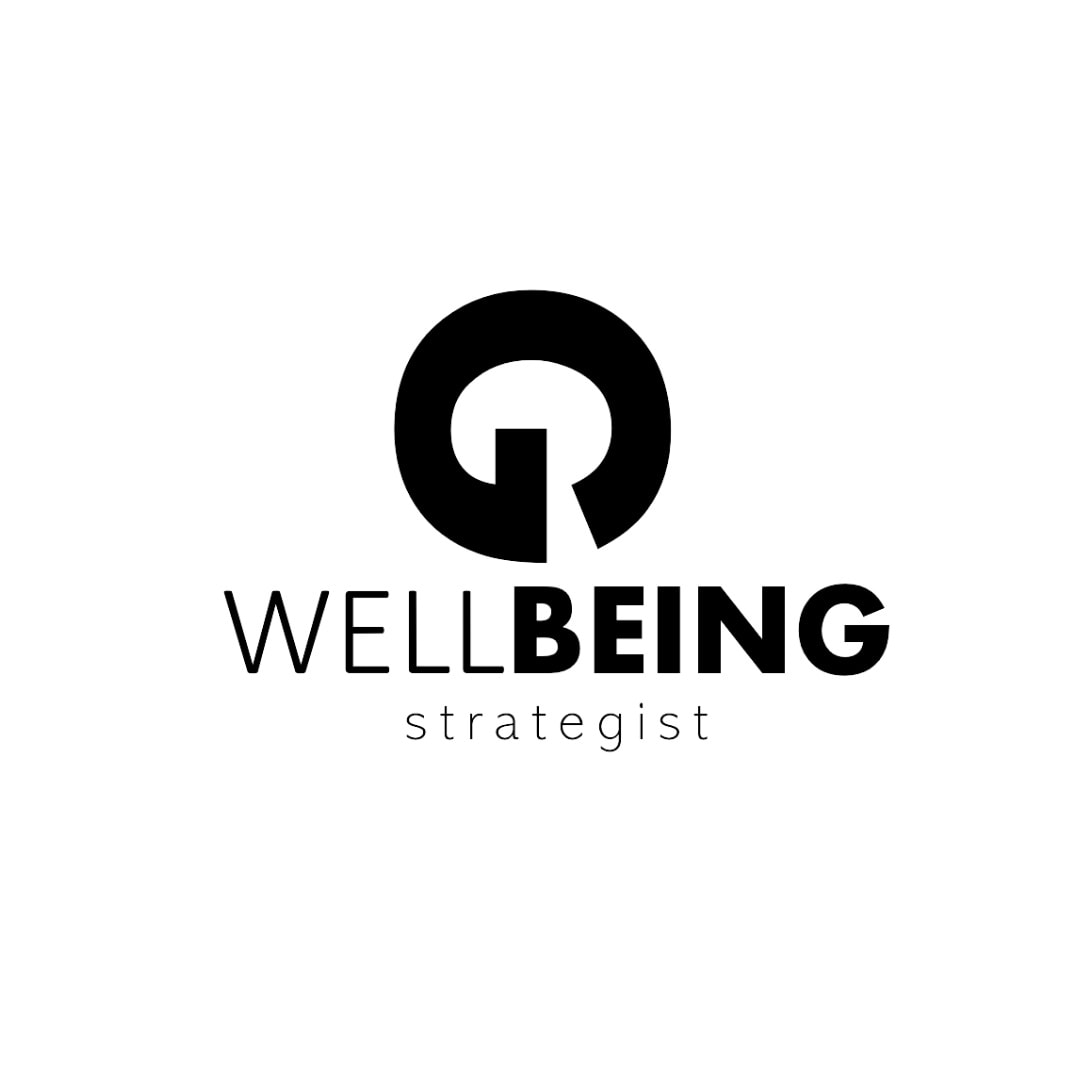“Optimism is the faith that leads to achievement. Nothing can be done without hope and confidence.”
– Helen Keller
In most societies, self –confidence is widely regarded as a valuable individual asset.
William James, who was considered to be the “ father of American psychology” has advocated, “believing in oneself” as a key to personal success. Today, an enormous “ self- help” industry flourishes; the market produced so many coaches, who are trying to help people improve their self-esteem, shed “ learned helplessness” that they nearly outnumber their potential clients. Confidence can be developed, and you will find 5 methods that can help you once you implement them.
1.Develop self-esteem
If you want to improve your self-esteem or improve yourself in any way at all, you first need to find the inner desire and will to do it. Low self-esteem feeds on negative messages and thoughts, so don’t indulge in self-criticism.
It is good to consult people as you may get a lot of positive feedback from them, yet you need to be careful and selective when accepting advice from others. A lot of people regard the world from a perspective of their own level of consciousness and emotions they are living by. What kind of advice can you expect from a person who is living out of fear? “ Do not even try, what if you fail?, What if you lose money? What if you get hurt?”
What kind of emotions does this kind of advice evoke in you? Try to find people who are your role models, who you admire for achieving something you dream of achieving. Learn from them.

Tune in with your strengths.
Make a list of your achievements from the last 5 years or just last 12 months.
You can list areas of your life such as relationships, health, career, finances and look into what you have achieved. Write them down, even if you think they are small.
You can share them with others as an end of the year summary on your social media to get positive reinforcement from others, to provide better knowledge of what you do and maybe be an inspiration for others.
2. Work on your assertiveness
Being assertive is something we normally consider confident people do naturally. That does not mean being pushy or selfish in order to get one’s own way – assertive behavior is positive and brings results in dealings with others. Not being assertive can cultivate low confidence, low self-esteem and worse. Assertive people will be confident to stand up and be counted, will put their opinion forward and stand by it. They will not be quiet and get ignored. Normally, because of the perceived risk involved in expressing an opinion openly – rather than keeping quiet – a certain level of confidence is required. To conquer shyness or become more effective socially a person needs to be more assertive.
The benefits of assertive behaviors include:
* Fewer stress-related health problems.
* Improved self-confidence, self-esteem, and self-respect.
* Increased respect from others.
Learn how to communicate assertively. Assertive communication consists of three simple steps:
* Step 1. Listen and acknowledge that you have heard and understood the other person’s point of view. Ask open questions if more information is needed.
* Step 2. Express, clearly and calmly, your own position and feelings.
* Step 3. Make constructive suggestions about what could or should happen next.
How to express yourself assertively in English?
1. Start with I. “ I want “, “I need”, ‘I believe”. This sounds confident, factual and clear. Example: “I need better tools to do my job properly.”
2. Avoid words that undervalue what you are saying such as just, sorry, I guess. Example: Instead of: Sorry for bothering you but can I have that back… SAY I need that returned, please. SORRY should be saved for real apologies and not overused because it undermines our message.
3. Communicate your boundaries. Stick to the facts, do not apologize, do not over-explain. Explain: I can meet you on Wednesday but Monday will not work for me this week.
3. Learn to say “NO.”
Knowing and defending your personal boundaries is an expression of healthy thinking and functioning. Some people have problems with maintaining their boundaries, which can lead to more frustration or other negative emotions.
People often mistakenly believe that if they say no, people will get angry and cause a scene, feel resentful and, at a later date, take some kind of revenge.
Remember that you have a right to have healthy boundaries and when you say no, you do not reject the person, but simply just a request. Also, refusals can be simple, open and honest statements.
Examples: “I can’t have lunch with you because I have a report that needs to be finished by tomorrow”. Or “I know you want to talk to me about organizing the birthday party, but I can’t do lunch today”, or “Is there any other time you’d like to go?”
4. Do what you are good at and then learn more.
You will gain more from strengthening your existing skillset rather than allocating time into developing new skills from scratch.
What gives experts their competitive advantage is the specialized knowledge. Some people claim that obtaining more knowledge in your field of specialty is the most important, confidence-building element.
A study “Motivated Implicit Theories of Personality: My Weaknesses Will Go Away, but My Strengths Are Here to Stay conducted” by Andreas Steimer and André Mata in 2016 and published in Personality and Social Psychology Bulletin found that we tend to see weaknesses as more changeable than strengths — which means we’re more inclined to try to improve where we’re weak. But various studies, such as “CHARACTER STRENGTHS AND WELL – BEING.”, by N.Park, C.Peterson, and M.Seligman have shown that when we focus on developing our strengths, we grow faster than when trying to improve our weaknesses. Plus, people who use their strengths are happier, less stressed, and more confident.
5.Think about how different activities make you feel
In his book “Go Put Your Strengths to Work”, Marcus Buckingham says we often identify our strengths and weaknesses in the wrong way. We think of strengths as things we’re good at and weaknesses as things we’re bad at. But a better way to think of strengths and weaknesses, Buckingham argues, is to figure out what energizes us.
Strengths make us feel strong; weaknesses make us feel weak. So, he says, one way to identify your strengths is to think about how activities make you feel.
Something is a strength if:
It makes you feel successful.
You’re drawn to it, even if you don’t know why.
It fully engages you; when doing it, you often find yourself in a flow state.
After doing the activity, you feel energized, fulfilled, and powerful.
Need help getting the job done?
Changing your career generate many questions and doubts. If you are looking for a place where you can get answers and support, join the Life After Career Group.









